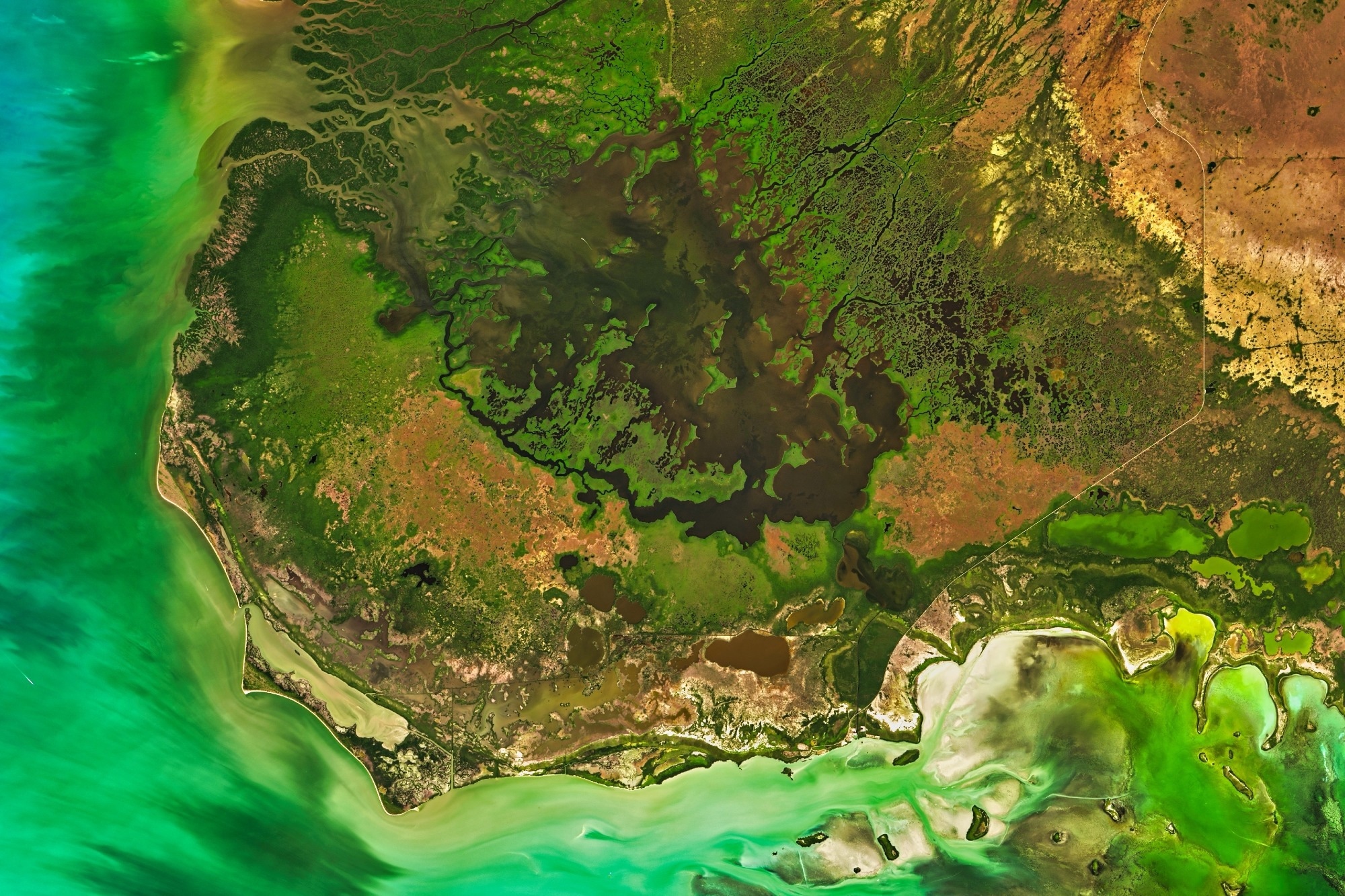A global satellite survey using GHGSat high-resolution data has revealed that methane emissions from landfills are highly uneven, with a small fraction of sites responsible for most detected plumes. The study also exposes major gaps between reported and actual emissions, highlighting the urgent need to align bottom-up inventories with top-down satellite data. The data was published in a recent article in the journal Nature.

Image Credit: BEST-BACKGROUNDS/Shutterstock.com
Background
Methane emissions from solid waste are predominantly generated during the anaerobic decay of organic material within landfills, which collectively contribute roughly 10% of total anthropogenic methane emissions. Historically, understanding and estimating these emissions have relied heavily on bottom-up models that incorporate waste composition, management practices, and site-specific parameters such as waste amount and coverage systems. However, these approaches carry significant uncertainties owing to variability in waste characteristics, management efficiency, and site conditions. The advent of satellite remote sensing has introduced a top-down perspective, capable of capturing spatially resolved atmospheric methane concentrations over large geographical extents. Instruments like TROPOMI have facilitated the detection of broad methane hotspots, including urban areas and waste sites, but lack the spatial resolution needed to resolve individual source emissions accurately.
The Current Study
The core methodology involves analyzing high-resolution (approximately 25 × 25 meter spatial resolution) optical satellite imagery acquired by GHGSat’s series of satellites during 2021 and 2022. These satellites are equipped with sensors capable of detecting the spectral signatures of methane, leveraging the differential absorption of sunlight by atmospheric methane molecules in specific spectral bands, primarily within the near-infrared. The sensors capture targeted scenes of waste disposal sites, focusing on site-specific signatures that indicate the presence of methane plumes. The satellite data acquisition is opportunistic, with multiple overpasses providing a series of snapshots over each site, enabling the researchers to observe temporal variability and plume migration.
The optical detection process starts with calibrating satellite sensors to correct for atmospheric interference, surface reflectance, and instrument noise, key steps to ensure the accuracy of spectral measurements. Once the data is collected, spectral unmixing algorithms are applied to isolate methane absorption features from those of other atmospheric gases and surface elements. To verify the presence of methane plumes, analysts use radiative transfer models that simulate how sunlight travels through the atmosphere and interacts with both surface features and gases. This approach makes it possible to quantify methane concentration increases relative to background levels.
One of the crucial aspects of the optical technique lies in the spectral resolution of the sensors, which must be sufficient to resolve methane absorption features clearly against the backdrop of reflected sunlight. The sensors’ spectral bands are carefully selected to maximize sensitivity to methane distinct absorption peaks, and calibration procedures are consistently applied to maintain spectral accuracy. Complementing the optical spectral data, ancillary data such as site location, operational status, and environmental conditions support the interpretation of the spectral signatures. The combination of spectral resolution, calibration, and modeling enables the detection of localized methane plumes at emission rates as low as 100 kg per hour, allowing for detailed source identification and quantification.
Results and Discussion
The study demonstrates that the optical satellite method effectively detected methane plumes at numerous waste disposal sites around the world, with a median emission rate of roughly 2.4 tonnes per hour. Thanks to the high spatial resolution, researchers were able to pinpoint open areas and active waste faces as the main sources of emissions within the larger facility boundaries. The findings show a strong imbalance in emission distribution: about 40% of the sites were responsible for 80% of the total detected emissions. Importantly, managed landfills equipped with cover systems and gas capture technologies showed significantly lower emissions per unit area compared to unmanaged dump sites, supporting the anticipated benefits of structured site management.
The optical detection method displayed notable advantages over traditional bottom-up estimates and coarse-resolution satellite products. It provided direct visualization of emission hotspots, offering insights into the spatial distribution of methane within each site, which is crucial for identifying targeted mitigation points. The ability to capture plume migration and variability over time highlighted the dynamic nature of emissions, emphasizing the importance of repeated observations for robust estimations. Moreover, the spectral data revealed that most methane emissions originated from open, non-covered parts of the landfills, coinciding with active waste addition points. This spatial detail informs operational strategies, such as focusing mitigation efforts on these critical zones.
Conclusion
This research highlights the value of optical satellite remote sensing in reducing uncertainties around methane emissions from waste disposal sites. By detecting spectral absorption features linked to methane, satellite sensors offer a detailed, wide-reaching, and time-sensitive view of emission hotspots across the globe. The study shows that a relatively small number of high-emitting sites contribute the bulk of total emissions, and that day-to-day operational practices play a major role in emission levels. The spatial detail provided by this approach offers actionable insights, indicating that focused management of open and active waste areas could lead to significant emission reductions. While atmospheric variability and spectral complexity remain challenges, the high spectral and spatial resolution of today’s optical satellites makes them well-suited for ongoing monitoring and supporting policy decisions.
Sources:
Journal Reference
Dogniaux M., Maasakkers J.D., et al. (2025). Global satellite survey reveals uncertainty in landfill methane emissions. Nature. DOI: 10.1038/s41586-025-09683-8, https://www.nature.com/articles/s41586-025-09683-8